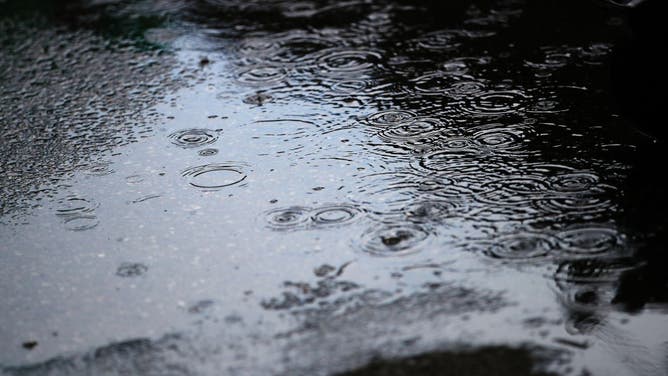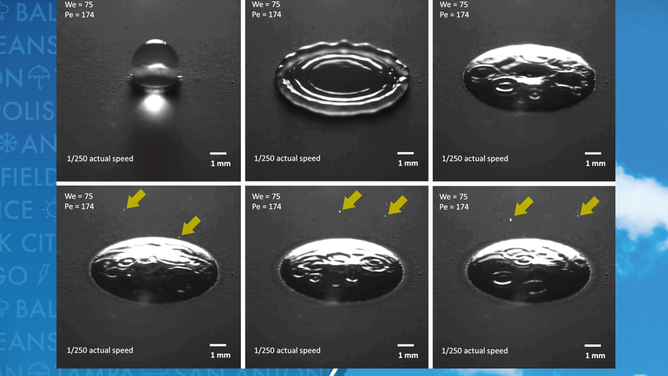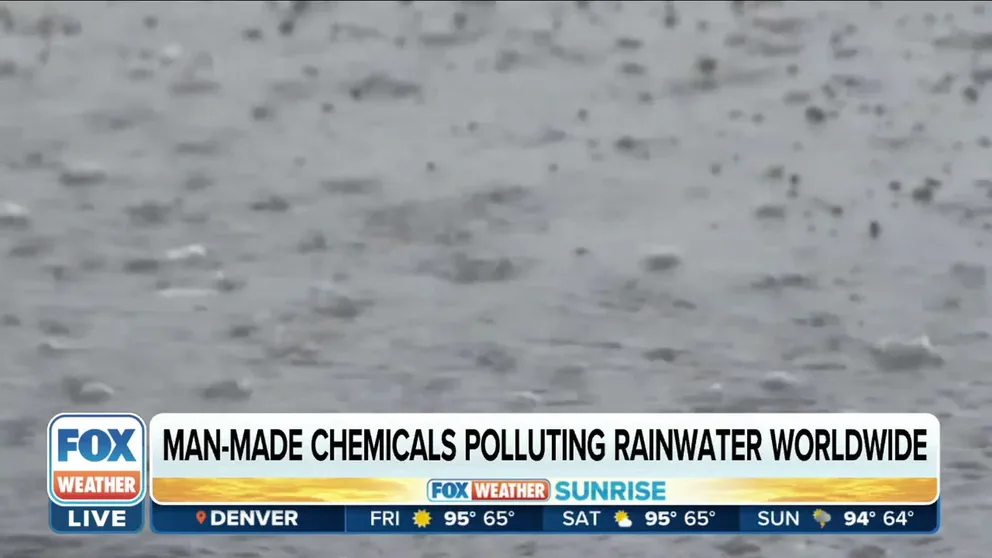What does rain smell like?
Some describe the smell as resembling a candle, soap, leaves or a wet construction job site – there really is no wrong answer. The production of lightning, a soil bacteria known as geosmin and the release of plant oils can all lead to the smells associated with rain.
New study finds rainwater unsafe to drink everywhere
Ian Cousins, Lead Author and Professor at the Department of Environmental Science at Stockholm University, talks about what was found in the study.
Have you ever been outdoors before, during or after a rain shower and thought, ‘it smells like rain?’ Well, you are right; the nose can detect chemical compounds that come alive during events of precipitation.
The chemical interactions are rather complex and can result from lightning strikes, oils being released by plants and even bacteria becoming airborne from dirt.
A common term that is used to describe the earthy scent that is released when rain falls on soil is petrichor.
The term was coined by Australian scientists in 1964, and they determined that it’s most evident when rainfall interrupted dry conditions, allowing natural oils from vegetation to become airborne.
The Met Office, the UK’s national weather service, says the smell can start to become apparent with the uptick in humidity before the rain but is the strongest when the rainfall arrives.
"Raindrops landing on dusty or clay soils trap tiny air bubbles on the surface which then shoot upward - as in a glass of Champagne - and burst out of the drop throwing aerosols of scent into the air where they are then distributed by wind," forecasters stated.
A compound that makes up the petrichor smell is called geosmin. Geosmin is produced by soil-dwelling bacteria and is considered to be non-toxic.
The chemical compound is said to even provide the earthy flavor that some fruits and vegetables emit.
Experts say a nose can detect geosmin when it is as low as ten nanograms per liter, which, when compared to a more quantitative figure, would equate to having one cent of ten billion dollars.

MONTE-CARLO, MONACO - MAY 25: Rain drops are seen on track during practice ahead of Round 4:Monte Carlo of the Formula 3 Championship at Circuit de Monaco on May 25, 2023 in Monte-Carlo, Monaco. (Photo by Joe Portlock - Formula 1/Formula Motorsport Limited via Getty Images)
(Photo by Joe Portlock - Formula 1/Formula Motorsport Limited via Getty Images / Getty Images)
A less common smell that can be present during a rainstorm is what is produced when lightning splits bonds between atoms. Scientists say both nitric oxide and ozone are created during strikes, and the ozone molecules that are carried down to Earth’s surface by rain.
Out of all the smells associated with rainfall, ozone might be considered the most unpleasant.
According to California’s Air Resources Board, ozone has a pungent odor that resembles chlorine.
In 2023, more than 2.1 billion lightning bolts were detected around the world, which is both good and bad for the environment.
Some of the chemicals from the reaction can help clean the atmosphere, but ozone always brings about negative implications.
Researchers at the Massachusetts Institute of Technology have previously used high-speed imaging to study raindrop-induced aerosol production.
Results were said to be surprising with more aerosols that were released during light and moderate rainfall versus a heavy event.
"When moderate or light rain hits sandy or clay soils, you can observe lots of aerosols, because sandy clay has medium wetting properties. Heavy rain [has a high] impact speed, which means there’s not enough time to make bubbles inside the droplet," study author Youngsoo Joung stated.

Rainfall can help release aerosols
(Youngsoo Joung/MIT / FOX Weather)
